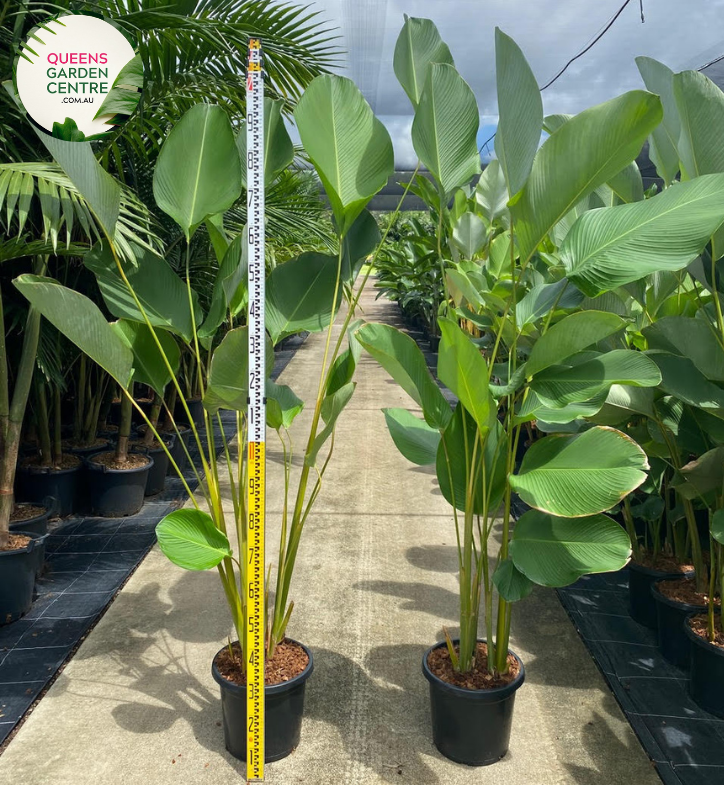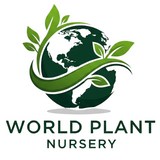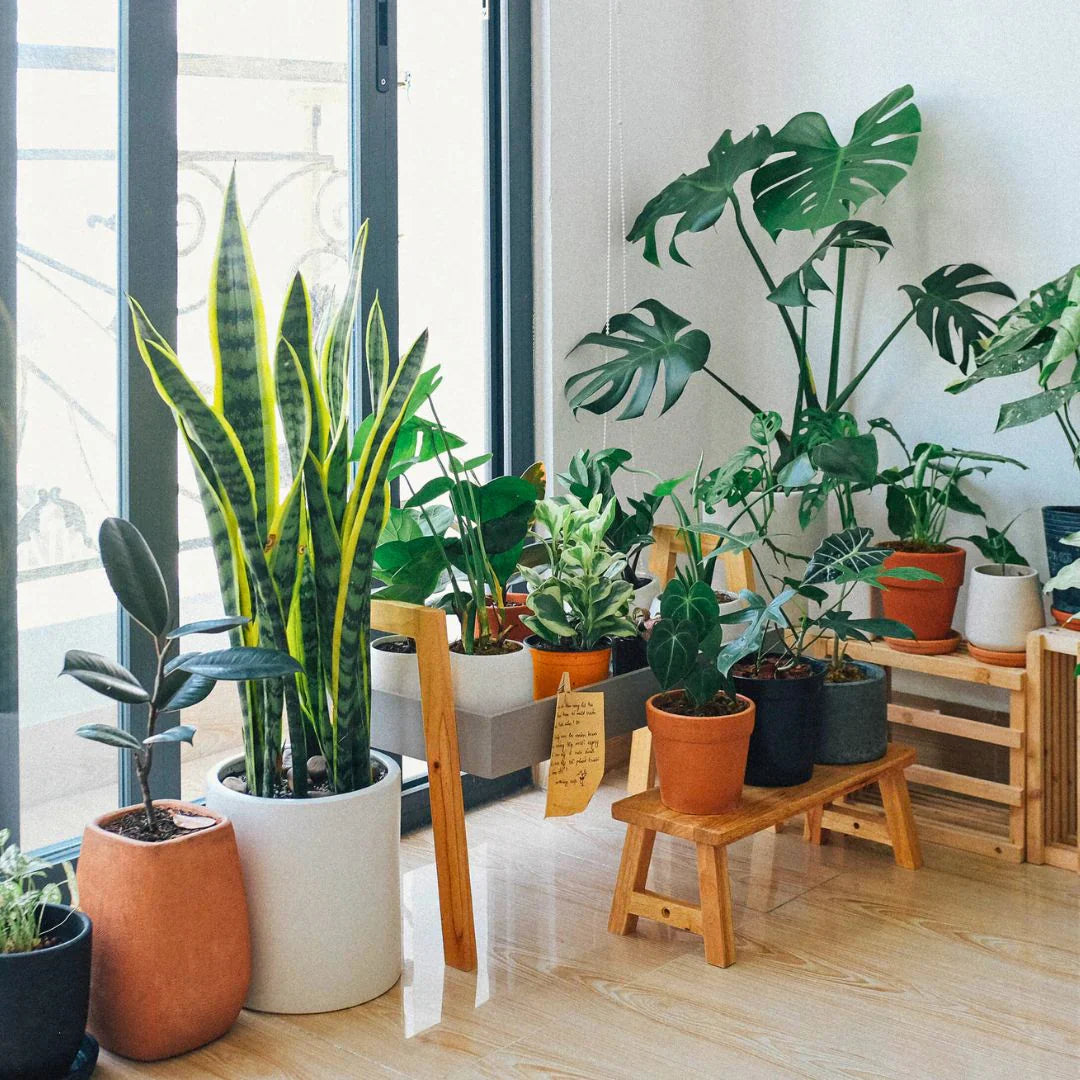Growing plants at home seems simple. Water them, give them sunlight, and they should grow. But even people who have been doing plant care for years still make mistakes. Seasoned gardeners sometimes kill their favorite plants because of these common mistakes.
New and experienced gardeners both make these mistakes. In this blog, you will learn about these mistakes and also how to fix them.
1. Giving Plants Too Much Water
This is the biggest killer of houseplants. Most plants die from too much water. The roots of the plants cannot breathe when you water them too much. They start to turn yellow, and the plant dies.
When you see a plant and think it needs water, but the soil is still wet from yesterday, and you water it. The roots stay in wet soil and start to rot. The leaves turn yellow, the soil smells bad, and now the plant is in danger.
Taking care of indoor plants means checking the soil first. Stick your finger into the soil about an inch deep. If it's still wet, then do not water. Most plants need to dry out a bit between waterings.
Get pots with holes in the bottom; this lets extra water drain out. It's better to water less than to water too much. Plants can survive with less water, but they cannot handle overwatering.
2. Missing the Signs When Plants Need Nutrients
You have to watch for signs when plants need proper nutrition. Yellow leaves, slow growth, or pale colors are the signs that a plant needs nutrients.
Many people do not give nutrients to plants, or they use the wrong type of nutrients. Indoor plants need proper nitrogen, phosphorus, and potassium to grow well.
Give the nutrients to plants during the growing season, which is usually spring and summer. Use a balanced fertilizer and follow the directions on the package. Use the fertilizer carefully because too much fertilizer can burn the roots of the plant.
Different plants need different amounts of nutrients. Tropical plant care generally requires more frequent feeding because these plants grow faster in warm conditions.
3. Using the Wrong Soil
Every type of soil is different. The soil in your backyard might be perfect for outdoor plants but can be bad for houseplants. Indoor plant care requires special potting soil that drains well but holds some moisture.
For example, succulents and cacti need sandy and fast-draining soil. Indoor tropical plant care requires soil that holds moisture properly. Regular garden soil is usually too heavy for pots.
Buy good potting mix from a plant care nursery or garden center. It may cost more than regular soil, but it helps the houseplant to grow well, and you'll have fewer problems. Don't use soil from outside for indoor plants. It can have bugs or diseases or can be too heavy for pots.
4. Too Much Sun Burns Plants
Plants need sunlight, but too much direct sun can damage them. Plants can get sunburn just like people do. After sunburn, the leaves will become crispy and brown.
Not every plant needs sunlight all day. Some plants need bright light but not direct sun. Other plants need low-light conditions.
Watch plants during the day. If the leaves are turning brown or white, they might be getting too much sun. Move them to a spot with less direct light.
5. Never Trimming Dead Parts
Dead leaves and branches don't just look bad. They can make the whole plant sick. Dead parts can attract bugs and diseases that spread to healthy parts of the plant.
Many people are scared to cut their plants. They think it will hurt them. But pruning actually helps plants grow better. It's like getting a haircut.
Cut off any leaves that are dead, yellow, or brown using clean scissors. Remove weak branches so the plant can grow healthy new parts.
Make pruning a weekly habit in your plant care routine. Trim anything that looks bad, and clean your scissors with rubbing alcohol after each plant to stop germs from spreading.

6. Putting Too Many Plants Together
Too many plants in one place can cause problems. When too many plants are placed together, they don’t get enough light, air, or nutrients. They can also get diseases more easily. Air can't move around them, which creates perfect conditions for fungus and bugs. Diseases spread faster when plants are touching each other.
Give plants room to breathe. Don't put them so close that their leaves touch. Make sure air can move around each plant. This helps prevent many common problems. As plants grow bigger, you need to move them to larger pots. It's better to have fewer healthy plants than many sick ones.
7. Forgetting About Drainage
If a pot doesn't have holes in the bottom, water stays there and makes the soil soggy, this kills roots fast. Even with drainage holes, you need to empty the saucer under the pot after watering. Don't let plants stay in too much water.
Some people put rocks in the bottom of pots without drainage holes. This doesn't work. The water still can't go out, and the plant will still have problems. Put the plant in a regular pot with holes. Take it out to water it, let it drain, then put it back.
Make Plant Care Simple
Check the soil before watering. Most plants die from too much water. Feed plants during the growing season with the right fertilizer. Use good potting soil made for houseplants. Give plants the right amount of light for their needs. Trim off dead parts regularly. Give plants space to grow. And always use pots with drainage holes.
It is important to pay attention to home plant care. Plants show signs when they need something. With patience and practice, anyone can avoid these common mistakes and keep their plants healthy and growing. Visit World Plant Nursery for the best indoor and outdoor plants.


